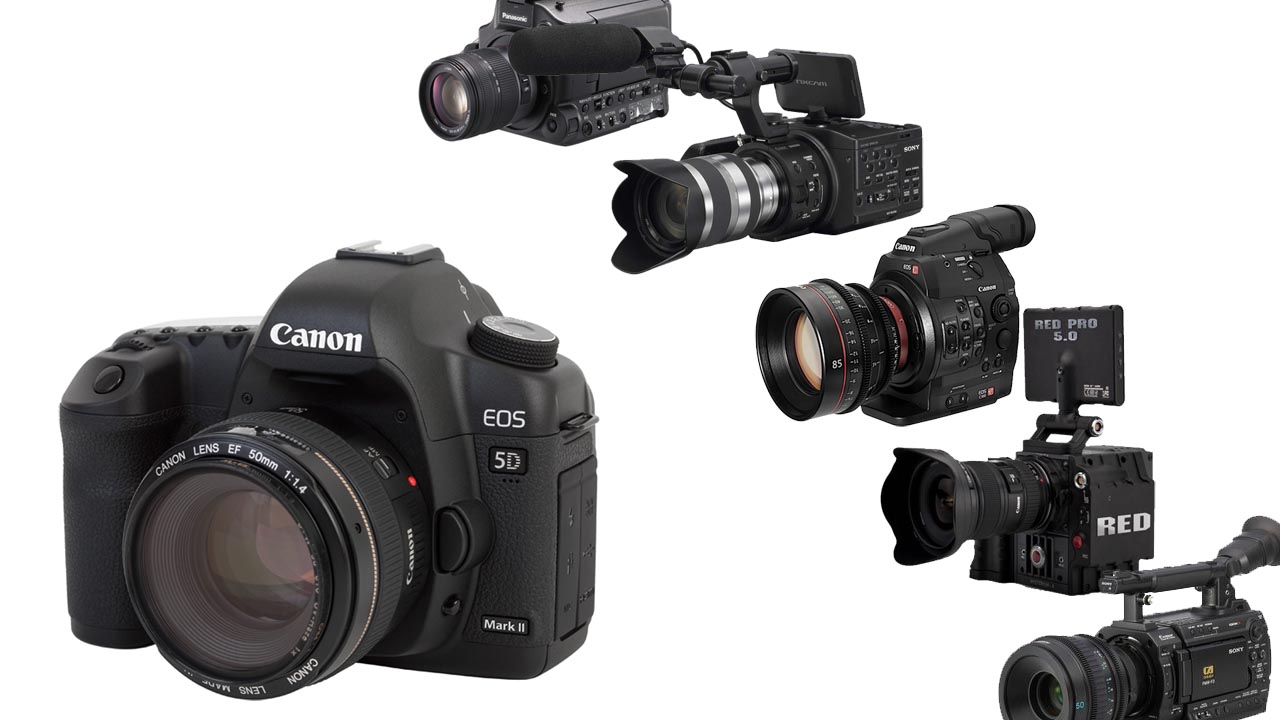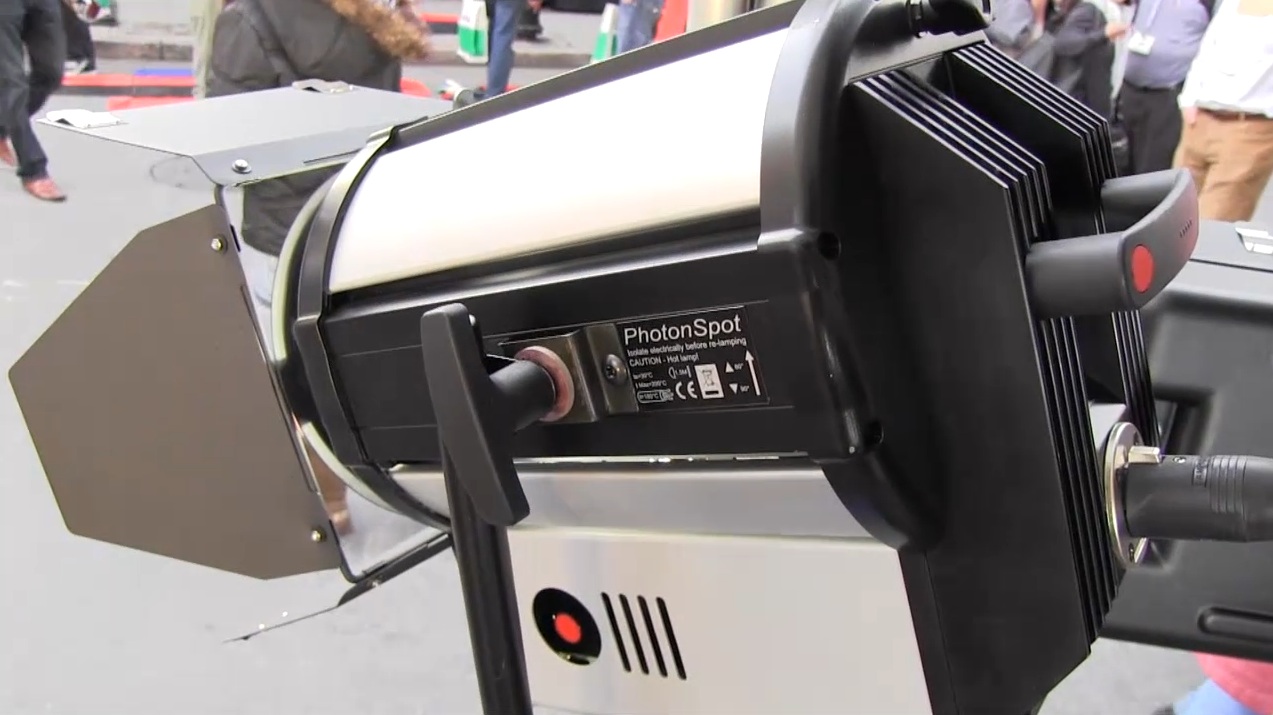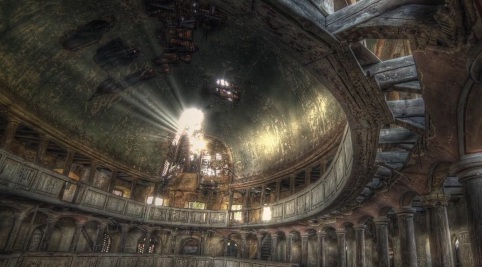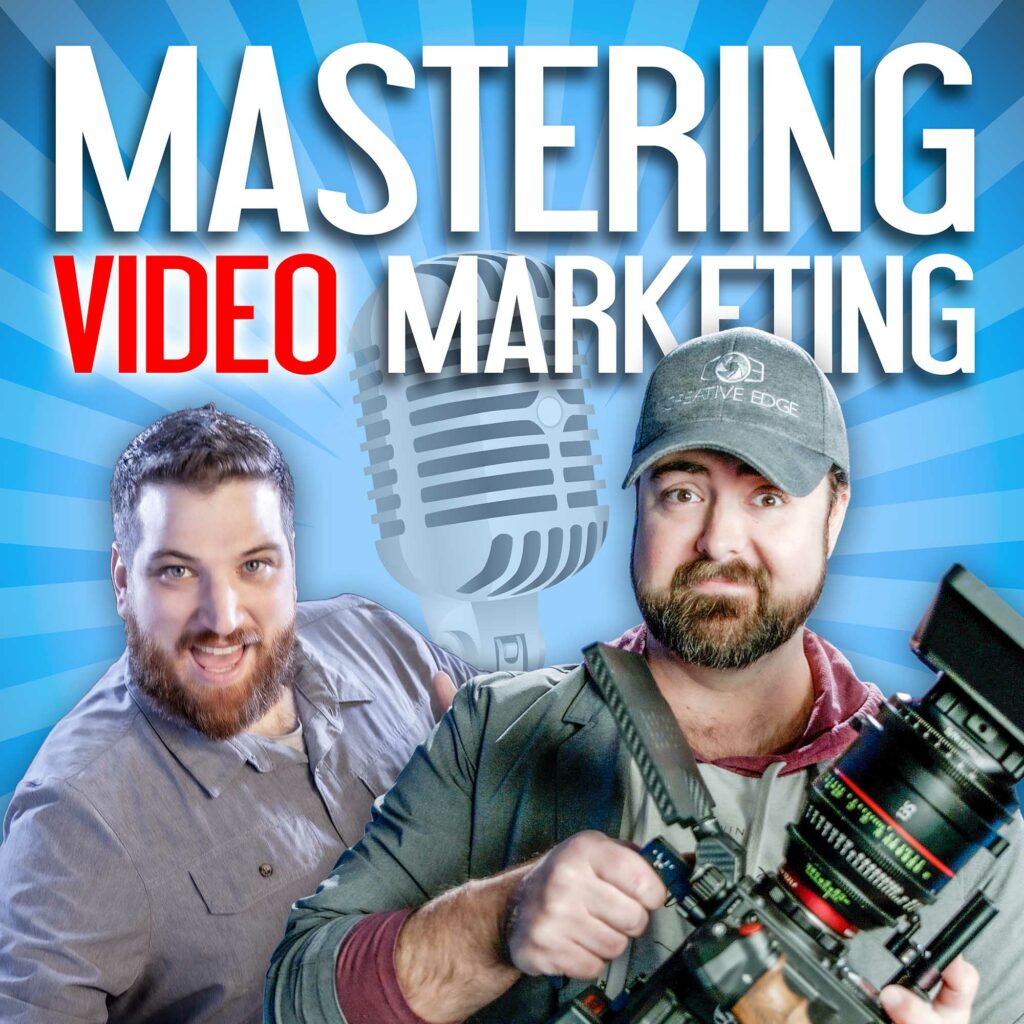“What is the best camera for me?” …If I had a nickel for every time I heard that question…well I could probably purchase every camera and tell you.
Today it’s a lot harder to choose which camera to purchase simply because there are so many to choose from. Only a few years ago this wasn’t the case. In 2008, if you wanted the “large sensor” look for your video you pretty much had two options: get a 35mm “Depth of Field (DOF)” adapter or rent a Red One. Then one day a DSLR came to market with a little feature added in for photo journalists. Something they could take short web videos with so they didn’t have to carry an extra video camera with them on location. But when the indie film market saw the images that these DSLRs were producing, they quickly adopted them as a new form of acquisition. The problem was we were all using a fluke for our video work and not a professional tool.
Still from 2009 through early 2011, every cinematographer I knew had a DSLR in their camera bag and was shooting on it almost primarily. Of course camera manufacturers couldn’t ignore this for long and at the beginning of 2011 Panasonic released the first “large sensor” true video camera. The AF100 was an exciting breakthrough for filmmakers, though the micro four-thirds sensor was a turn off for many. Not to be outdone, Sony plopped the FS100 and F3 in the laps of eager professionals, giving them the choice between affordability or broadcast ready. Many were eager to see if Canon would finally cram a large sensor into a professional body and before 2011 was out, they announced their C300. Perhaps the most disappointing announcement as the price was aimed purely at the pro shooter leaving enthusiasts to keep tinkering with their DSLRs. And of course, after years of empty promises and missed dates, Red finally gave us the Scarlet. This has paved the way for second generation cameras coming less than a year after their counterparts; namely the Canon C500 and Sony FS700.
Today, those cinematographers I mentioned earlier who shot solely on DSLR each have a camera that fits their needs best. In fact I know five different video professionals that have an AF100, FS100, C300, F3 and Scarlet respectively. Goes to show you how diverse the market truly is. I myself just purchased Sony’s new FS700 which would make six of us with six different cameras. Now I will point out that we all still carry around our DSLR as the perfect B-cam and I don’t think I will ever be without one. That said, I can’t imagine shooting my professional work on anything less than a professional camera today.
I did shoot on my 5D MkII for two and a half years before upgrading to my FS700. With my DSLR I produced many commercials, corporate videos and short films which still hold up today. But after shooting on cameras like the C300, FS100, FS700, F3, etc. I can say that the day of the video DSLR being king has ended. Large sensor video cameras are optimized for video production and make life a lot easier. Most of them will produce an image that is vastly superior to DSLR. Whether it shows up in your final edit is affected by many factors, including color grade, resolution output and bitrate. But I can honestly say that looking at my 5D footage at 100% next to my FS700 footage at 100%, hands down the FS700 wins in every category.
So to answer the question in the title of the post, I would say that if you consider yourself a professional and you are charging clients for a video service, I think it’s time to upgrade from your DSLR. Large sensor video cameras are available at any price point and offer vastly improved image quality as well as features and ergonomics. I challenge you to rent a FS100 for a day or two and see how you like it. After dealing with all the work-arounds, hacks and compromises necessary for DSLR video, it will be hard to go back once you’ve tasted a true video camera.
If you are just a hobbyist, that extra investment may not be necessary for you. The great thing about DSLR video is that it is so cheap to get into; a lot cheaper than it was when I was starting off with a Canon HV20 and a DOF adapter rig. For half of my initial investment in that rig and a fraction of the size, I could get a used T2i and start learning video. Then when you are ready to move up, there are cameras at every level waiting to meet your needs.









Codec, bitrate and colour space. If you “consider yourself a professional and you are charging clients for a video service” then you definitely know to learn about those things. If you say of 4:2:0 AVCHD that it “looks good enough to me” then you need to stop saying it outloud.
It would be nice if you listed some specific work-arounds and hacks you feel are necessary to get useable “pro” DSLR footage.Â
DSLR’s seem fairly straight forward to me… In skilled hands I doubt you can tell the difference in final product…. so what specific reasons do you have for spending more on a pro camera?
Hello Tony, I have seen a lot of your videos and have been following your work for a while, but I have to say you the argument:Â if you consider yourself a professional and you are charging clients for
a video service, I think it’s time to upgrade from your DSLR, is quite of the mark. I read the article and feel it is too gear oriented, if you are willing to spend more money on new cameras that is fine, but I would definitely, with any given budget, use an SLR and invest in production design and other very important items in a production budget instead of investing in yet another camera. IF i would invest heavily in equipment I would invest in glass, a 5D with CP.2s is a much more powerful tool than an FS700 with L glass, for example. But I am veering off. Gear is cool but they are just tools. Using an HDSLR, or an iphone, or an Epic, or not, does NOT make you a professional. It is your talent, your skills, and your methodology that defines you as a filmmaker, pro or not. No camera can take that away.
Sure, those things give you more flexibility. I guess my point is that there are different levels of professional video production. This blog post basically states that anyone that is shooting DSLR video shouldn’t be charging for their work.. haha.
I would echo Ruben’s comment. Fancy tools are nice, sure. But what camera you have shouldn’t dictate weather or not you are a “pro.”
Mark and Ruben, you both have great thoughts on the subject. My point is simply to challenge people who think the “buck stops” at DSLR video. There is a reason these other cameras are available and they are better in certain ways than DSLR. IF you are a professional, IF you charge people money for video and IF you plan on doing video work well into the future, it is time to consider upgrading your camera. Choose which one will be best for you and plan on making that purchase within the next year or two. Otherwise you will be left in the dust from your competition. It’s just the way the world works.
BTW, Ruben: “5D with CP.2s is a much more powerful tool than an FS700 with L glass” …I have to disagree with that statement 100%. CP.2s are great but the FS700 trumps the 5D in every category, regardless of the glass in front of it. (Disclaimer: I still believe that quality glass should be an early and important investment for any shooter)
Most obvious would be audio. Either dual system or third party add-ons would be a “work-around”. There are many more like monitoring, rigging, record times, codecs, etc.
Actually, if you had a “nickle” for every time you were asked that question you’d be no more or less wealthy today than the first time it was asked of you. (I know, I know. It’s the English major in me, but come on! It’s your opening statement…. Ya gotta at least give that an extra once-over. ;-> )
…corrected.
If the GH2 didn’t just win the latest Zacuto shoot out against much more PRO cameras then I’d agree with you, but the camera is definitely only as good as the shooter. A “pro” could take an iPhone and make a documentary that gets shown in festivals, in fact they have.
Tony … I think you’re right on with your observations. No doubt the DSLR revolution turned the production world on its ear in many ways, but its time for some perspective.
As someone who spent most of their career shooting with Arris and Pannys, I was initially thrilled with the potential of DSLR cinematography. Especially since I already had a collection of both vintage and current Nikon glass. I was more than willing to overlook the sound issues (double system is the norm in my world), the codec/bitrate (well, it DOES make a pretty picture) and rigging add-ons (must-buy-more-stuff).
Concerning what you charge the client as a professional … I’ve never yet had a client challenge the choice of a DSLR camera on location, but I’ve had the slightly awkward conversation about using the same camera his 16 year old uses for high school projects.
Regardless, its not the camera … its the filmmaker, right? Unless of course the ergonomics of the camera inhibit the process. As a shooter, that’s where I personally find fault with the DSLR. Most of my work is in the corporate sponsored documentary genre, where the ability to react, recompose and reposition while shooting makes a huge difference in either getting the shot period or getting enough coverage to tell a compelling story.
Today I tell clients that using a DSLR could mean getting from 20% to 30% less usable footage, depending on the type of shoot. Of course for scripted, blocked-out scenes or interviews this is not so much an issue. But when you are floating about in the middle of the Gulf of Mexico, sitting on a runway or roaming a busy (and dangerous) assembly plant … every shot counts. The ergonomics of DSLR shooting, no matter (or due to) how many expensive add-ons, are simply not up to snuff.
And with good reason, since it is after all a still camera. But I’ve lost too many shots through fiddling with buttons, menus, lens mounts and viewfinders. Film and small sensors are dead. DSLRs are a pain in the ass. Its time to move on. The beauty is that we now have so many affordable choices compared to the past.